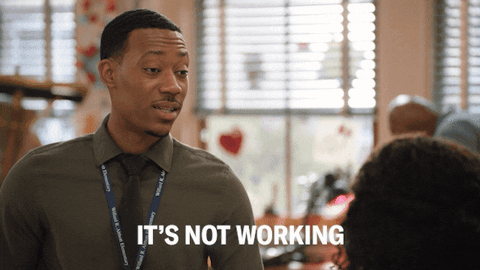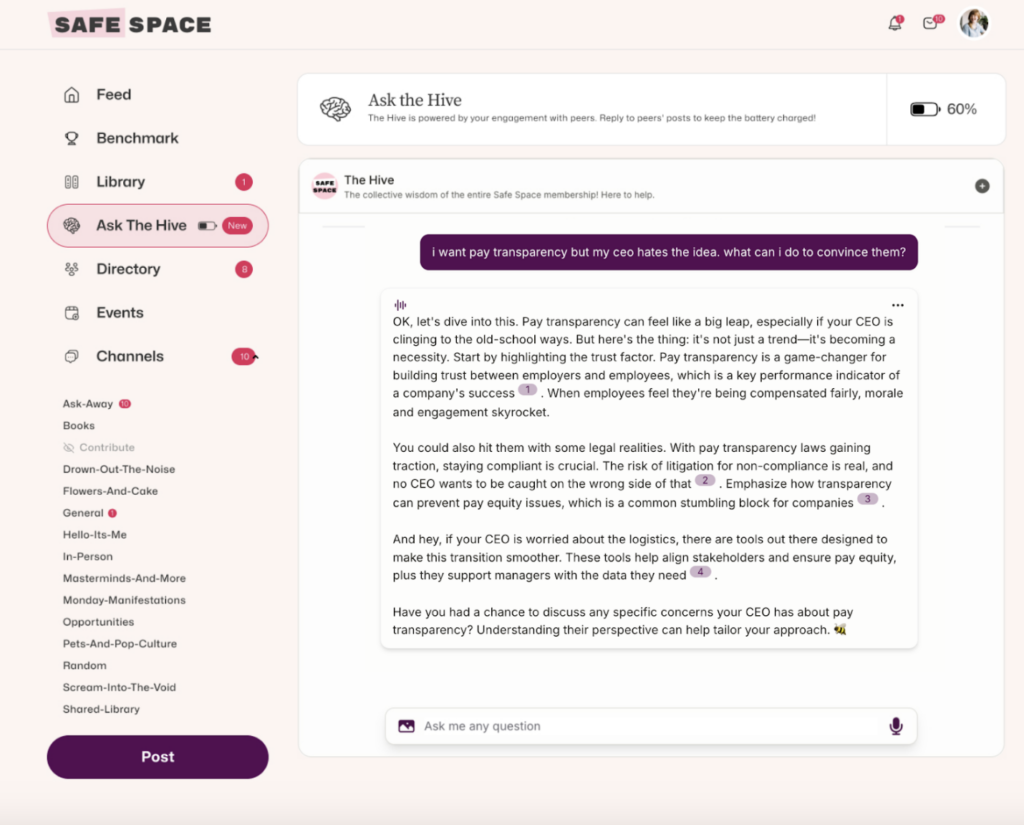
If I said hiring is broken, would you disagree?
Probably not.
We’ve all heard stories from candidates about awful experiences like hiring processes that take weeks to reach a decision to hiring managers who don’t actually know what they want.
Been there, experienced that!
On the flip side, recruiting teams are dealing with:
- High volume of candidates
- Time constraints (why does everyone want to hire when they needed someone yesterday??)
- Bias (it’s everywhere!!!)
- Identifying candidates and skills
- Managing the candidate experience
- Effectively communicating with candidates & internal stakeholders
- Dealing with internal systems (ATS & others)
It’s a lot to manage! Go thank your recruiting team today.
It’s no wonder you didn’t disagree with me that hiring was broken.
Not to add fuel to the fire but… did you know that the average cost of hire can be anywhere from $3,000 – $5,000? Some places even estimate it as 3X to 4X of the position’s salary…
BRB doing the mental math on all my open roles right now!
To recap: the challenges of hiring have serious impacts on employer brand, candidate experience, recruiter abilities AND the bottom line.
So, what’s making hiring so difficult and what can you do about it?
The 2 biggest impacts I see on hiring are:
- Inefficient processes
- Bias
And there’s something that can help: your ATS.
What your ATS can and cannot fix:

I will never say tech will solve ALL our problems. But tech, can solve some problems.
Especially, when it comes to hiring.
Your ATS is the first experience a future employee has with your tech stack.
JOIN 150K+ HR LEADERS
Get insights, learnings, and advice on how to build companies and cultures that people actually love.
No spam. Unsubscribe any time.
I’ll let that settle for a second!
If a candidate is having a miserable experience just applying for your jobs, I bet they don’t have high expectations for their experience when they get the job.
I mean, if I’m looking at a new opportunity and company and I notice their job board is hosted by a software I loathe, I pause.
The bottom line: Your ATS is going to leave an impression on future candidates!
So how can your ATS making hiring less challenging:
Your ATS can:
- Post to job boards + distribute your jobs
- Screen and sort applicants
- Automate all comms with candidates
- Streamline interview scheduling
- Provide dashboards
- Automate workflows
- Structure interviews to alleviate bias
What your ATS cannot do: fix a lack of processes or understanding about recruiting’s role.
My soul dies a little bit when I hear about a company with an awesome ATS yet terrible internal processes.
Why? Because I know that the ATS isn’t being utilized to its full potential.
Pro- tip: Before you invest in any tools, align your processes.
“The ATS is the lifeline of any company’s recruiting function. While getting the right hire in the door is top priority, you have hundreds of other opportunities to make the right (or wrong) impression on the remaining candidates. The ATS helps track candidates time invested in the interview process and helps fill gaps in communication that can make or break a company’s reputation beyond an offer letter. And honestly that’s where it counts.” – Rie Grant, Recruiter & Talent Leader
How to pick your ATS:

I’m just a woman standing in front of companies begging them to reconsider their choice of ATS.
In an ideal world, you’ve already built the best recruiting processes ever and now you’re investing in the best ATS to execute said vision.
Finding the right ATS for your organization comes down to a few things, here are a few things to consider:
- Cost: if you are keeping a close eye on expenses this could be one of the most important selection criteria.
- Your organization’s needs: are you rapidly scaling, what are your goals?
- Stakeholder needs: what do your hiring managers need? Better yet, what do your recruiting team need?
- Features: every ATS is same same but different but there could be a feature your team REALLY needs.
- User friendliness: you want your internal stakeholders to actually like the tool they’re using or they won’t use it… My rule of thumb is if I can’t figure out how to use it, others probably won’t.
- Scalability: can this tool scale to fit your needs?
- Customization: some organizations like to do really custom hiring processes, I’m not sure i’d recommend that but you might want to consider that when selecting a tool.
- Integration: my ATS better be able to integrate with my other tools otherwise what am I doing??
- Reporting: If a tool does not have great reporting capabilities, I personally would rather not invest.
Okay, that’s a lot of things to consider! I hear you yelling at me already.
Look at this list and decide what are the most important things to your organization and order the list that way.
BTW: this list could work for any system, not just your ATS…
My favorite ATS? I love Greenhouse but there are lots of great tools out there!
Do we need a Hebba’s list of HR tools she recommends like Oprah’s favorite things??
What’s next:

Up next is the potentially most contentious tool in your HR tech stack…
Your performance management system.
You’re about to get an inside view to my love/hate relationship with PM software.
If you want to share your thoughts to be featured in next week’s newsletter reply to this email with your favorite PM system and why!


